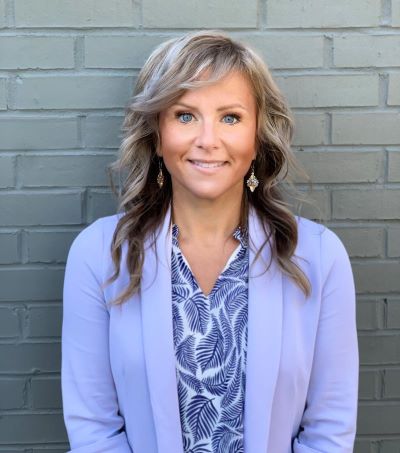The frenzy of urbanization and rise in multi-family apartments across the U.S. set new records in 2016. The industry pushed developers and engineers to construct innovative apartment structures to accommodate market demands and forever change the competitive landscape in multi-family development.
As an industry, we have seen elevated post tension slabs increase the return on available property by building vertically and maximizing space for parking, retail, and entertainment. This increase in floors and the new complexities on the slab have challenged contractors and suppliers to seek different solutions. As the industry continues to move forward with a strong outlook in 2017, we anticipate to see the following trends on multi-family projects.
- Developers Pushing New Limits – Developers and engineers are challenged with maximizing construction on urban space available. Designing vertically is the trending solution to meet increased demands of parking, retail, and apartment units. As competition increases for urban space, we will continue to see an increase in creative solutions for larger designs. We have already seen developers increasing retail space and incorporating concrete office buildings and hotels within multi-family projects. Developers are creating spaces that meet the needs of their customers. Don’t be surprised if you see car washes, dry cleaning, and gas stations in your next multi-family project!
- Increase in Four and Five Story Wood Frame Apartments – Development within urban areas is steadily increasing, but property is becoming less available. We will continue to see an increase in four and five story wood frame apartments. The millennial generation has proven that their transient lifestyle and desire to live urban warrants the market request for more apartments, but developers have not been able to keep up. Typically, wood frame structures are much cheaper and quicker to build, so we will continue to see wood frame be the leading choice on multi-residential buildings across the U.S.
- Continuous Rod Systems Specified – A continuous rod system is critical to the structural integrity of wood frame buildings, protecting the individuals and families inside during high wind and seismic events. This is becoming more important as taller structures are being developed. Structural engineers continue to adopt and replace conventional holdowns with continuous rod systems in wood frame multi-family projects. With recent urbanization, increase in levels and larger slab loads – construction has experienced higher demands on product capabilities and budgets. Engineers seeking different approaches on the tie-down scope specified continuous rod systems on 67% of five story projects to meet these new demands in 2016. These statistics continue to be a trend in 2017 on the rise as larger multi-family projects are developed.
Below are a few resources that identify advantages to specifying and installing continuous rod systems in wood frame multi-residential buildings:
- Top 5 Reasons to Install Rod Tie-Downs in Wood Frame Buildings
- Triple Your Holdown Capacities with Threaded Rod Systems
- Continuous Load Path Rod Systems
- Increased Installation of Concrete Embed Plates – Slab loads are quickly increasing with the rise in floor levels on projects. With developers looking to get more out of available property, many engineers are challenged with slab design requirements and anchoring solutions. We will continue to see new challenges and solutions on the slab levels in 2017, but there has recently been a lot of attention on anchoring solutions at the edge of slab and with the use of drill and epoxy anchors. Because of the larger loads at the edge of slab, epoxy and cast-in-place anchors do not always provide the structural value in the concrete to maintain integrity of the anchor. The most common solution is a steel embed plate, but these have typically been avoided by contractors because of the higher cost and longer fabrication timelines. We will also see an increase of embed plates on projects because of the post tension slabs with cables running through the slab. Epoxy anchors are a risky option in post tension slabs due to the danger of breaking a cable – especially on an elevated slab. This trend will be challenged in 2017 as new standards are created. CLP Systems will address this in our next newsletter.
- Turn-key Buyouts – When the multi-family market is strong, we begin to see general contractors purchase material and hardware for projects in packages from single sources. This cyclical behavior is driven by demand in the market place to move quickly with purchases, buy-outs, and management of product to the job-site. Buying hardware packages minimizes the time in managing multi-vendors, PO’s, and contacts. We will continue to see an increase of general contractors purchase material through turn-key sources for each project.









